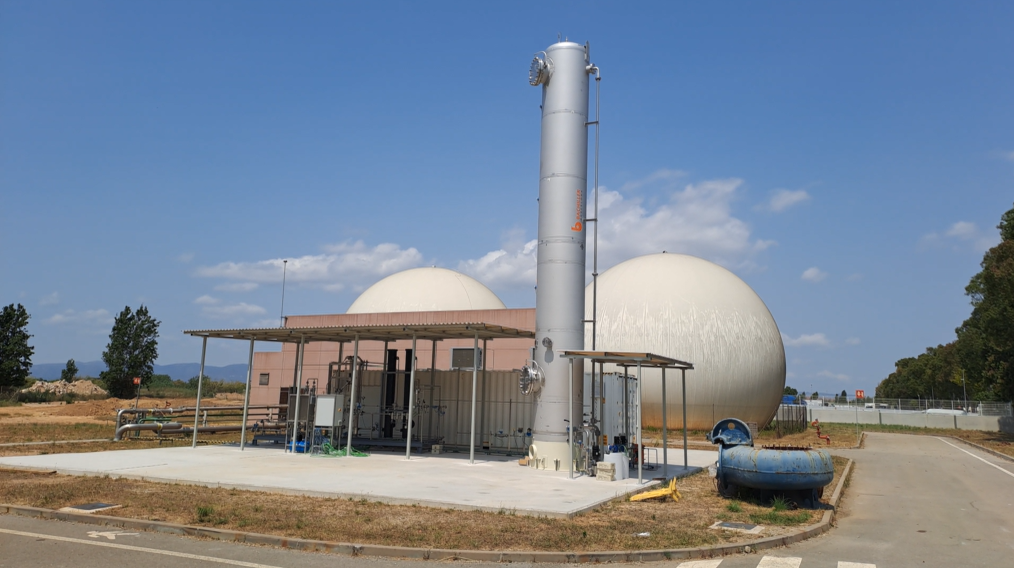CS-1 Pilot Plant Update
Moving from design to reality
Quick recap
This blog focuses on Case Study 1 and the progress made so far. Case Study 1 started in 2023 and has evolved greatly since then. It is one of our three EBIEs (European Biomethane Innovation Ecosystems), which are experimental sites where we develop and test new technologies. Here, partners CETAQUA, DTU, SINTEF, BIOTHANE and PROPULS are producing biomethane using wastewater at El Baix Llobregat WWTP. The aim is to use this green fuel to power two TMB buses in Barcelona’s public transport network. If you want to understand it from scratch, this is where to look.
For those interested in where we stand three years in, this blog outlines the progress in bringing our CS-1 pilot plant to life. What started as detailed engineering drawings has now become a fully constructed facility ready for operation.

Key milestones
Here are the key achievements we’ve reached:
- Site Preparation & Infrastructure: We adapted a section of the wastewater treatment plant (WWTP), including soil studies and concrete slab installation, to safely house our containerized PEM electrolyzer (used to split water into hydrogen and oxygen).
- Equipment Installation: The PEMEL was delivered in February 2025. The biogas purification skid, used to remove impurities from the biogas, followed in March, and the biomethanation reactor in May. All major equipment is now in place and connected.
- Utilities Integration: We completed all tie-ins for water, electricity and future biogas supply, coordinating carefully with WWTP operations to minimize disruption.
- Commissioning Phase: Software installation, I/O checks, and leak testing have been completed, confirming all sensors and equipment are properly connected and functional.
Next steps
After completing construction, installation and initial commissioning, we’re now ready to begin plant operation. This starts with inoculation, which is the introduction of the microorganisms that will drive the biomethanation process into the reactor. The following stage involves low-flow experiments, where feedstock is added slowly to allow the process to stabilize. Flows will be gradually increased until we reach design productivity for biomethane production.
Long-term vision
Our ultimate goal is to produce locally generated green biomethane that will power TMB buses, creating a sustainable circular economy solution that transforms wastewater treatment byproducts into clean transportation fuel.
CS-1 is also an important step in validating how biomethane can be produced and integrated within existing public infrastructure. The experience gained here could guide future projects, helping establish reliable models for the broader deployment of green biomethane in Europe.
For more information, check the Case Study 1 video here:
Author: David Checa
Editorial: Lucía Salinas and Laia Mencia
Date: October, 2025


This project has received funding from the European Union’s HORIZON-CL5-2021-D3-03-16 program under grant agreement No 101084297. Views and opinions expressed are however those of the author(s) only and do not necessarily reflect those of the European Union or the European Commission. Neither the European Union nor the granting authority can be held responsible for them.

